The Tomioka Silk Mill, Japan's first government-run silk mill, located in Gunma Prefecture, was registered as a UNESCO World Heritage Site in June 2014, which became a hot topic. We will provide an easy-to-understand introduction to the highlights of the Tomioka Silk Mill, the origin of the silk industry that laid the foundation for modernization in Japan!
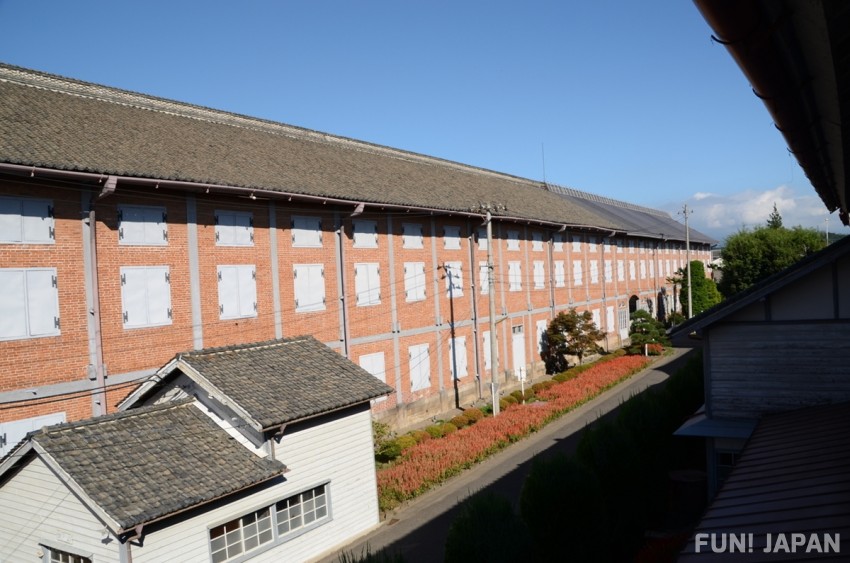
What is the Tomioka Silk Mill?
The Tomioka Silk Mill started operation in 1872 as Japan's first government-run silk mill. It is said that it produced raw silk thread from silkworms, as a raw material for silk fabrics, and continued to produce silk until it was shut down in 1987, playing a major role in the popularization of silk worldwide. The mill was built with a construction method called “timber-framed brick construction” in which wooden frames are built up with brick walls, but the roof is made with Japanese tiles. It is also characterized by its modern western architectural style and the good preservation of buildings and foundations. Leave yourself about 1 to 1 and a half hours to tour the facility!
The Arched Brick "Face" of the Tomioka Silk Mill East Cocoon Warehouse
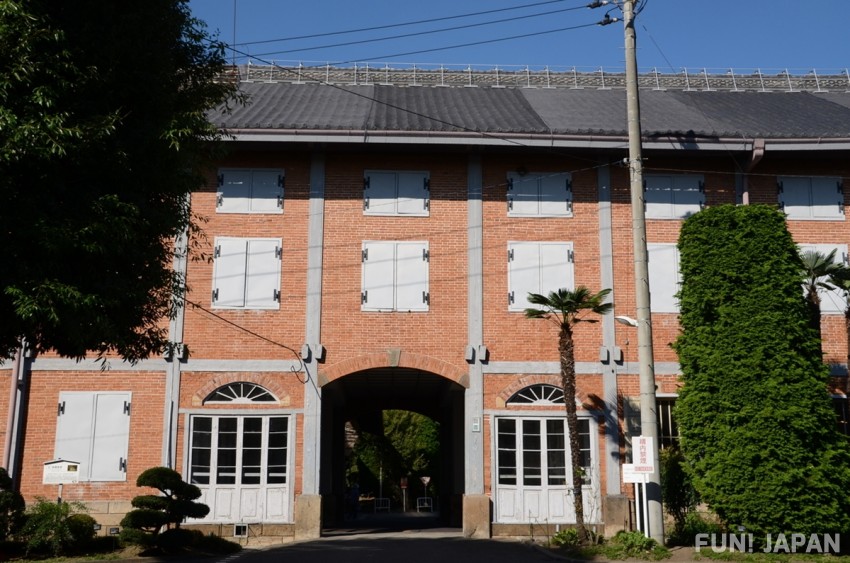
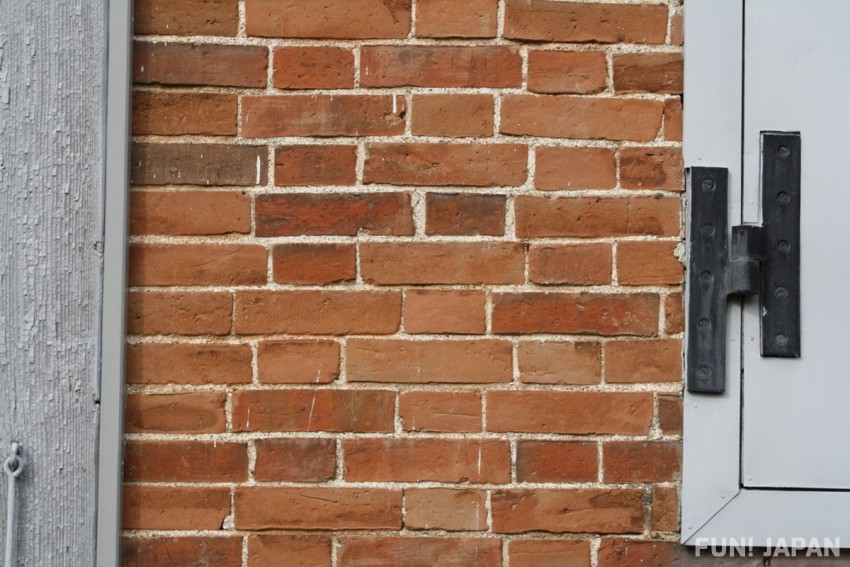
The huge East Cocoon Warehouse stands right in front of the main gate. It is of a magnificent scale, with a total length of 104.4 meters, a width of 12.3 meters, and height of 14.8 meters. At the time of the founding of the company, it was possible to produce cocoons only once a year, so it was necessary to have a warehouse to store large quantities of cocoons. Built in the timber-framed brink construction, with wooden frames with bricks stacked between the frames, the first floor was used as a workshop and the second floor was used as storage for cocoons. The bricks were made by a Japanese tiler and are laid in the "Flemish Bond" style, where the long and short sides alternate. You can tour only the exterior and part of the 1st and 2nd floors.
The Silk Reeling Building, the Heart of the Tomioka Silk Mill
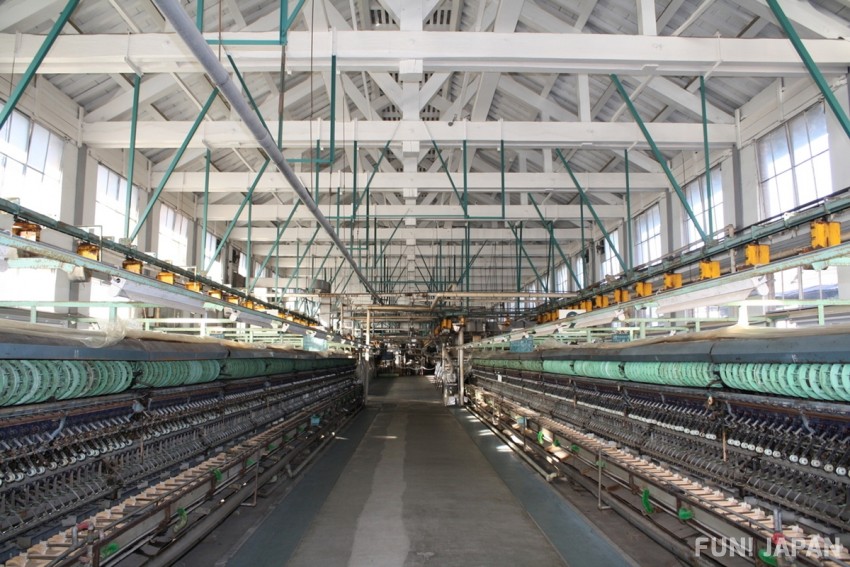
This is the building where thread was pulled from the cocoons for the entirety of the 115 years of the mill's operation. It is 140.4 meters long and 12.3 meters wide. At the time of its founding, 300 metal reeling machines from France were installed, and the scale of production was the largest in the world. In order to create a large enough space, a Western truss-style structure was adopted for the building. State-of-the-art machines changed with the times, and 10 sets of automatic reeling machines, made with Japanese technology, were in operation when the operation was finally stopped. You can tour the exterior and part of the factory.
The House Where the French Supervisor Lived
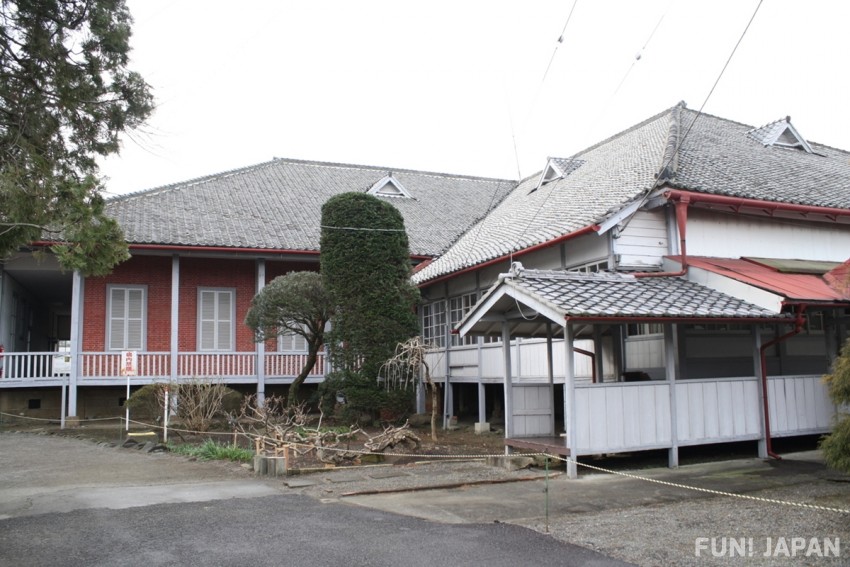
This was the house where the French supervisor Mr. Paul Brunat and his family lived. It was a luxurious single-story house made in the same wood and brick style as the other buildings, with a total area of 916.8 square meters at the time of its building. There is also a basement that is thought to have been used for food storage, and an elevated veranda that acted as a corridor.
Take a Time Slip Back to When the Tomioka Silk Mill was in Operation!

At the time of the mill's opening, though they tried to recruit women locally to work at the mill, they had much trouble finding workers, with the women seeing the wine-drinking Westerners and saying that they would "drink our life's blood." Therefore, the government gathered young women from the various prefectures, including the young daughters of the samurai leaders, and ended up with as many as 300 workers. There were 3 free meals a day, there was a night school where they could study while working, and the life of the women seems to have been very fulfilling.
How to Get to Tomioka Silk Mill
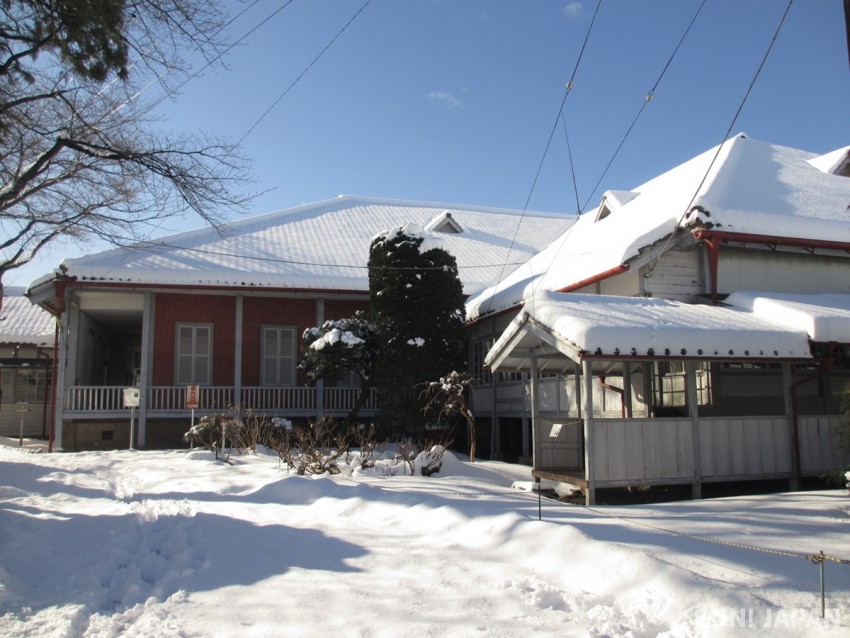
From Tokyo Station, take the Joetsu-Hokuriku Shinkansen for about an hour and get off at Takasaki Station. Then, change to Joshin Dentetsu Railway for about 40 minutes and get off at Joshu Tomioka Station. Then, it is about 15 minutes on foot.
Spot Information
- Spot name: Tomioka Silk Mill (富岡製糸場)
- Street Address: 1-1 Tomioka, Tomioka City, Gunma Prefecture 370-2316
- Wi-Fi: Free Wi-Fi available
- Language: The official website and local brochures are available in English, Chinese (traditional and simplified), Korean, and French.
- Ticket: 1,000 yen
- Holidays: 29th - 31st December
- Opening Hours: 9:00 - 17:00 (Last entry is at 16:30)
Images courtesy of Tomioka City
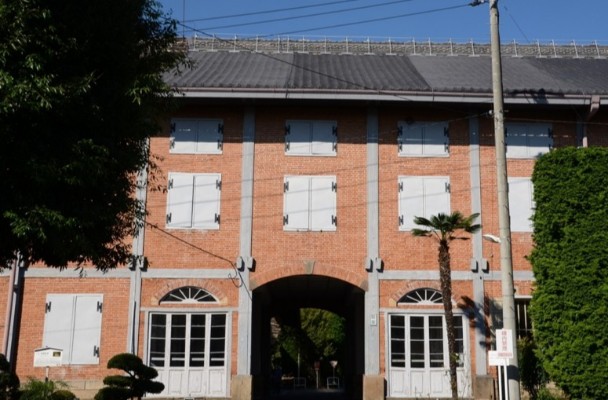
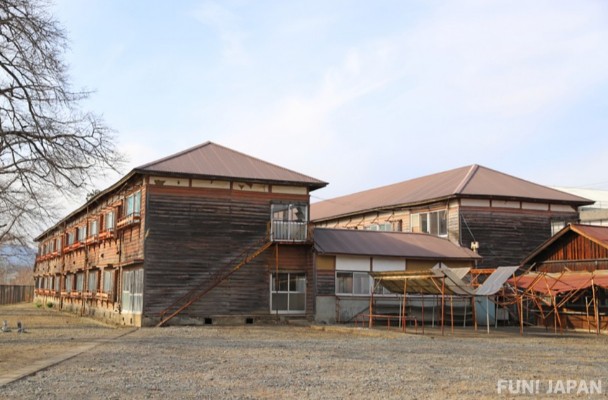
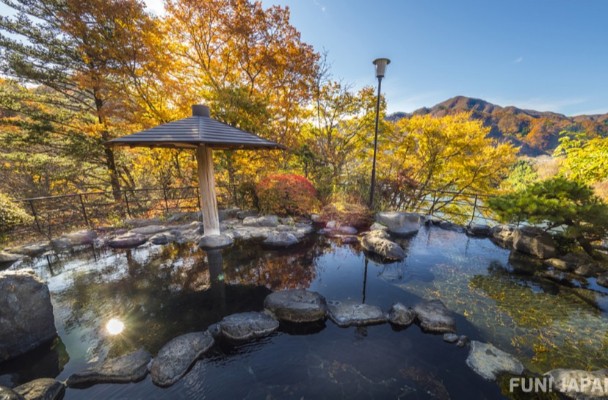
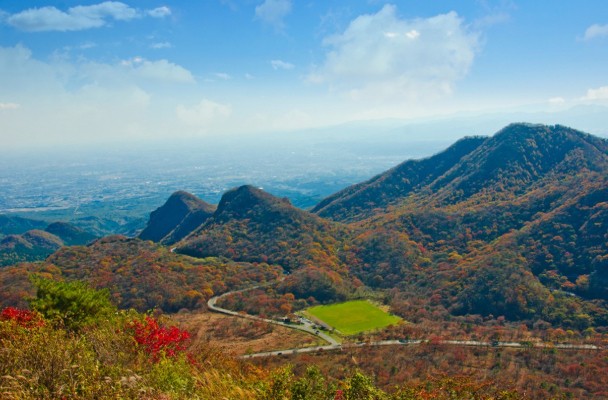
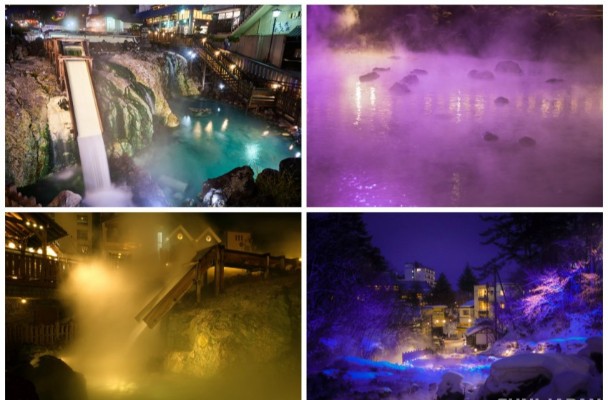
Comments